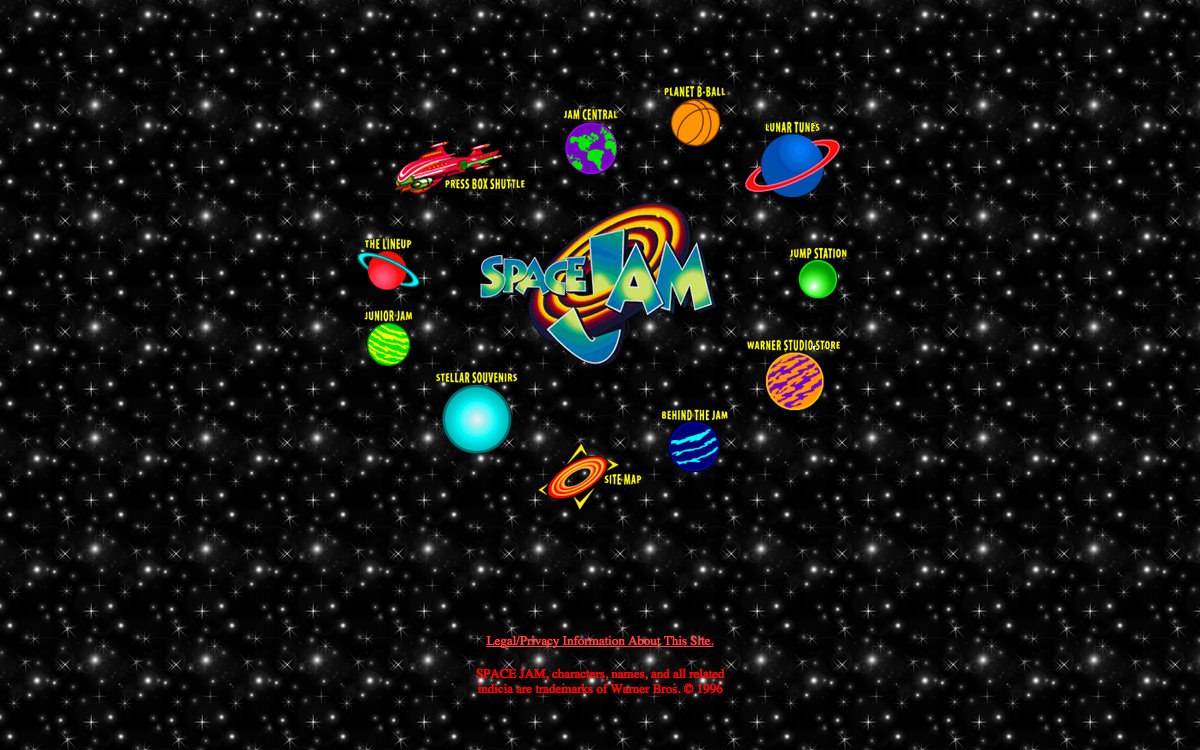A Trip Down (Web Development) Memory Lane

I recently began teaching my son the basics of HTML, CSS, and JavaScript. I talked about HTML syntax and the importance of semantic HTML; showed examples of how CSS affects page layout and the importance of separating content from presentation; and put together a few simple demos of how JavaScript can add interactivity to a webpage.
At the risk of sounding like an old man who tells at clouds, I don’t think he’ll realize how good he has it, especially after reading Eevee’s in-depth article on the history of web design, and specifically, of CSS. Frankly, it’s pretty amazing when you stop and think about how much CSS offers today’s web developers, especially with the rise of flexbox, grid, and other features. (I’d still love to have parent selectors and container queries, though.)
For example, I’m currently designing a website and I haven’t used Photoshop to mock up any aspect the design. Five years ago, that would’ve been unheard of, but CSS (though not perfect) has become robust enough that we can quickly and easily mock up websites with minimal fuss.
If you’ve got 20 minutes or so, I highly recommend reading Eevee’s article: it really is quite the nostalgia trip, as it delves into the various rough n’ tumble days of web design in the ’90s and early ’00s (e.g., IE6, quirks mode, CSS hacks). It accurately captures both the frustration of those days as well as the palpable excitement that came with, say, discovering the beauty of separating content from presentation or the arrival of flexbox.
And if you’ve read any of my recent articles concerning blogging, personal websites, and modern web development, you won’t be surprised to learn that I really loved this bit:
Damn, I miss those days. There were no big walled gardens, no Twitter or Facebook. If you had anything to say to anyone, you had to put together your own website. It was amazing. No one knew what they were doing; I’d wager that the vast majority of web designers at the time were clueless hobbyist tweens (like me) all copying from other clueless hobbyist tweens. Half the Web was fan portals about Animorphs, with inexplicable splash pages warning you that their site worked best if you had a 640×480 screen. (Any 12-year-old with insufficient resolution should, presumably, buy a new monitor with their allowance.) Everyone who was cool and in the know used Internet Explorer 3, the most advanced browser, but some losers still used Netscape Navigator so you had to put a “Best in IE” animated GIF on your splash page too.
As well as this bit:
The web was supposed to make information eternal, but instead, so much of it became ephemeral. I miss when virtually everyone I knew had their own website. Having a Twitter and an Instagram as your entire online presence is a poor substitute.
Even you don’t know your flexbox from your floats, I still recommend reading Eevee’s article if only to get a better understanding of the tumultuous history of building the web.